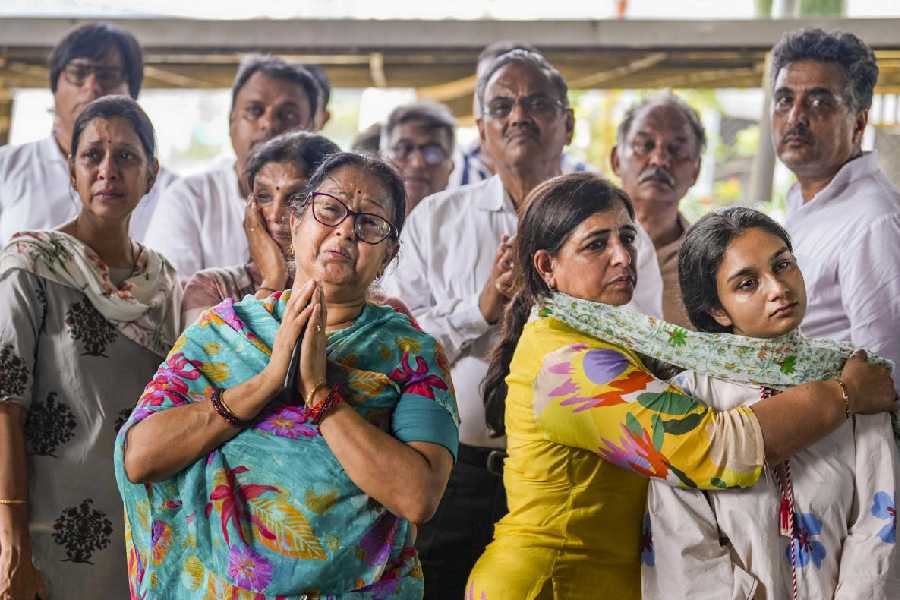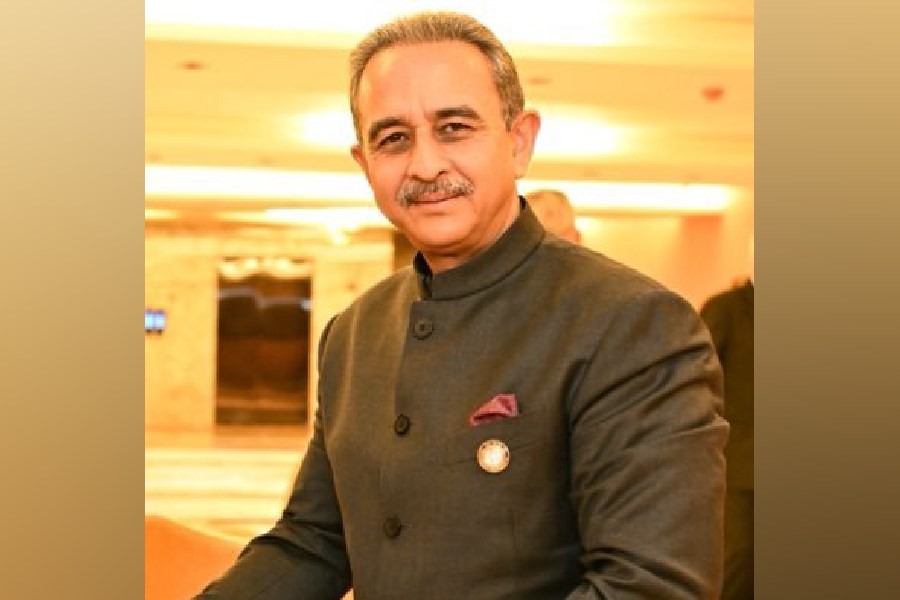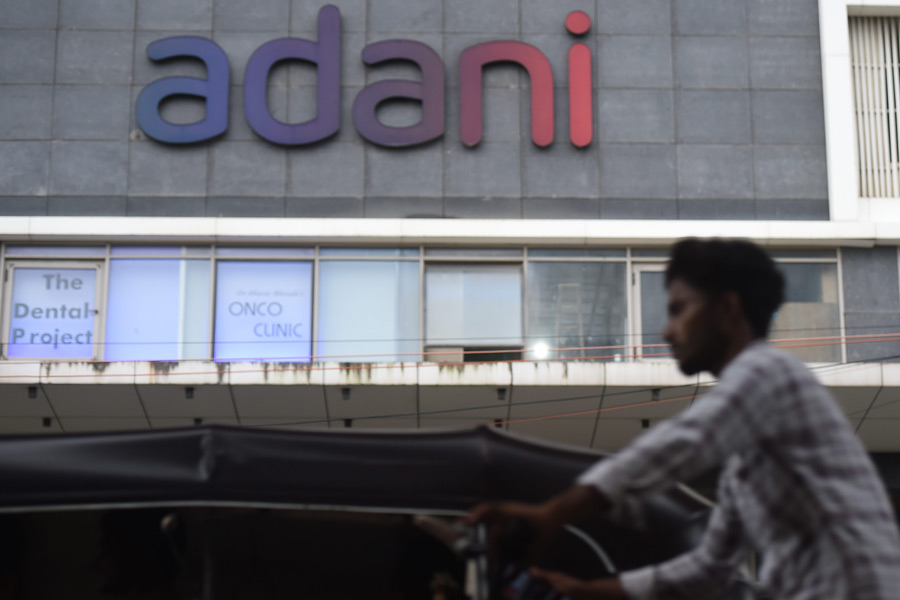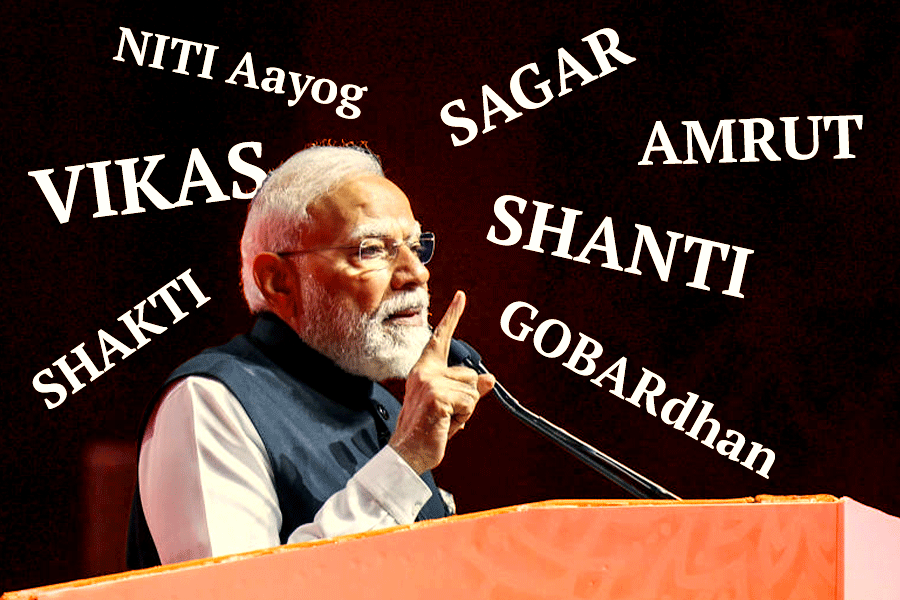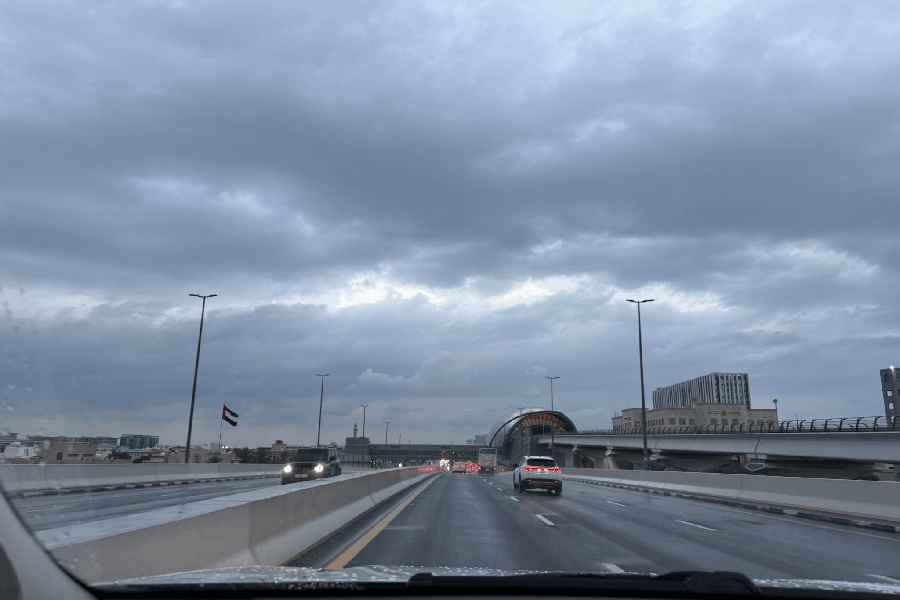Images and audio from the final moments of AI171, captured in a bystander’s cellphone video, have led some pilots to revise their earlier ideas and lean towards the possibility of a dual-engine failure.
In the grainy 18-second video, the aircraft flies low over rooftops, steadily losing altitude before crashing with a burst of flames and smoke. Pilots say the footage also appears to show a Ram Air Turbine (RAT) deployed from beneath the fuselage and a subtle shift in sound consistent with the RAT.
The London-bound Boeing 787-8 Dreamliner, with 230 passengers and a 12-member crew, crashed on Thursday within 32 seconds of what appeared a successful takeoff.
Pilots say the RAT is a two-bladed propeller that deploys automatically and is designed to provide electrical and hydraulic power to an aircraft in an emergency.
“On the 787, three things deploy the RAT — a massive electrical failure, a massive hydraulic failure, or a dual-engine failure,” Captain Steve Scheibner, a US airlines pilot, said in a video he posted on Sunday on his YouTube channel, named Captain Steeeve.
Scheibner said the protrusion from the belly of the aircraft was the small door that allows the RAT to come down, and the little grey dot seen in the video was the RAT itself. “This is visual confirmation that the RAT deployed,” he said.
In the first 24 hours after the crash, some pilots had suggested that the loss of lift could be explained either by dual-engine failure or by an error in flap settings — the hinged panels lowered during takeoff and landing to increase lift and allow safe flight at low speeds.
Scheibner and other pilots say the video also features the distinctive RAT sound. “It sounds like a propeller plane going by. A high-pitched squeal. If you weren’t looking at it, it sounded like a single-engined propeller plane just flew by,” Scheibner said.
Two Indian pilots who too have seen the video say RAT deployment would suggest dual-engine failure.
“But this complicates the investigation,” said Captain C.S. Randhawa, president of the Federation of Indian Pilots, who has experience also in aviation training and safety. “How and why would both the engines fail?”
Pilots say the two engines have independent controls, and dual-engine failure would be extremely rare.
Captain Mohan Ranganathan, an aviation safety adviser, said a bird strike, fuel contamination or the ingestion of runway debris in both engines could be possible explanations.
Aviation experts say the flight data and voice recorders will help the investigators unravel the cause of the crash. Experts from the US National Transportation and Safety Board and other agencies are expected to join Indian investigators in the crash probe.
During simulator training sessions, pilots are challenged to fly and land aircraft with dual-engine failures. But such failures are typically introduced at simulated altitudes between 5,000 and 30,000 feet, Randhawa said — not at 600 feet, roughly the highest altitude that AI171 reached.
“The engines typically take up to 90 seconds to relight — there has to be time for this,” Randhawa said.
“We know that a complete loss of thrust at 600 feet gives pilots no time to recover. We don’t simulate such scenarios. We don’t want to demoralise trainees.”
The lone survivor from AI171 reported hearing a loud bang and lights flickering after takeoff. Scheibner said this could be a third nugget of evidence — along with the image and sound — supporting RAT deployment.
“The RAT deployment would cause lights to flicker,” he said.

